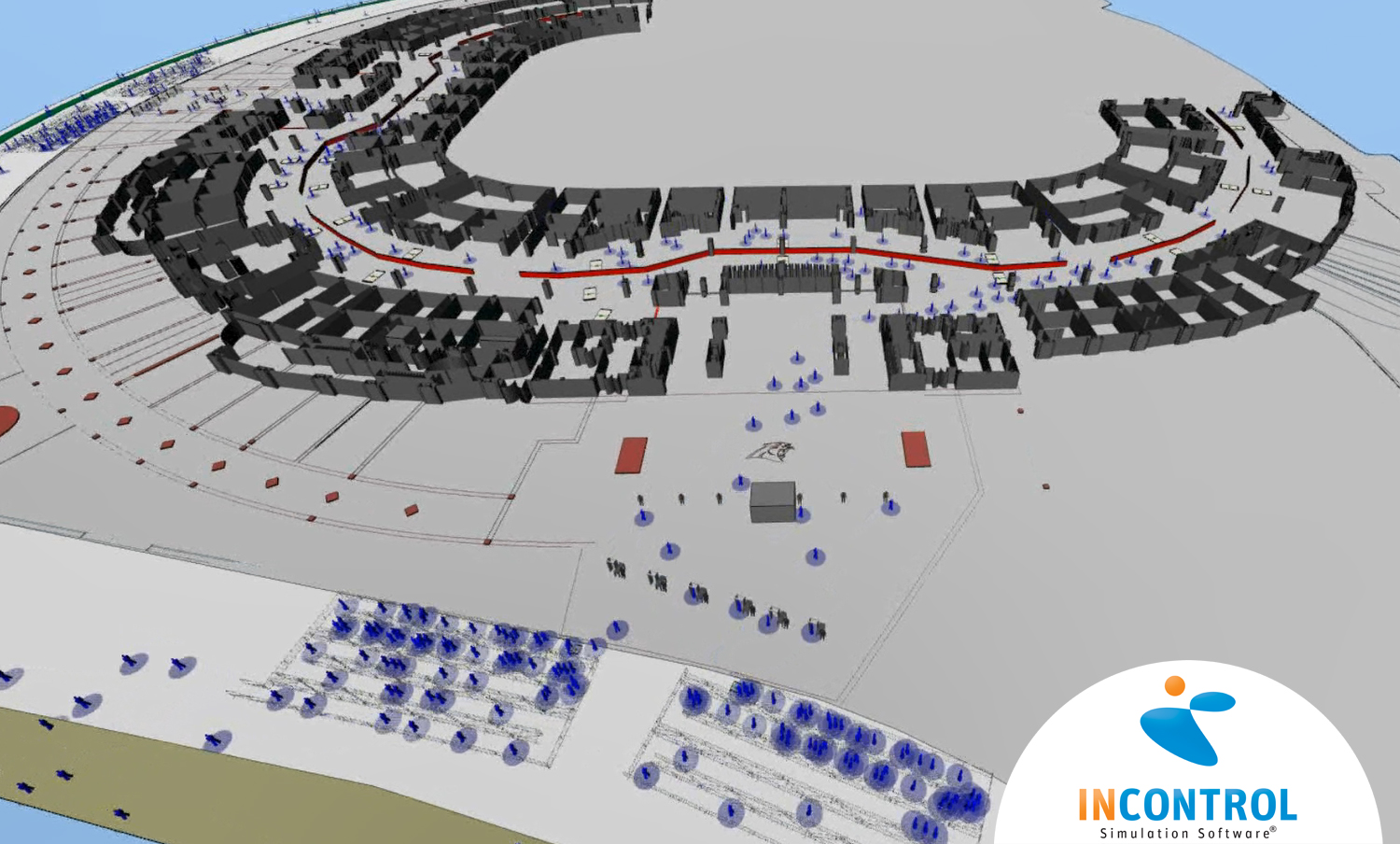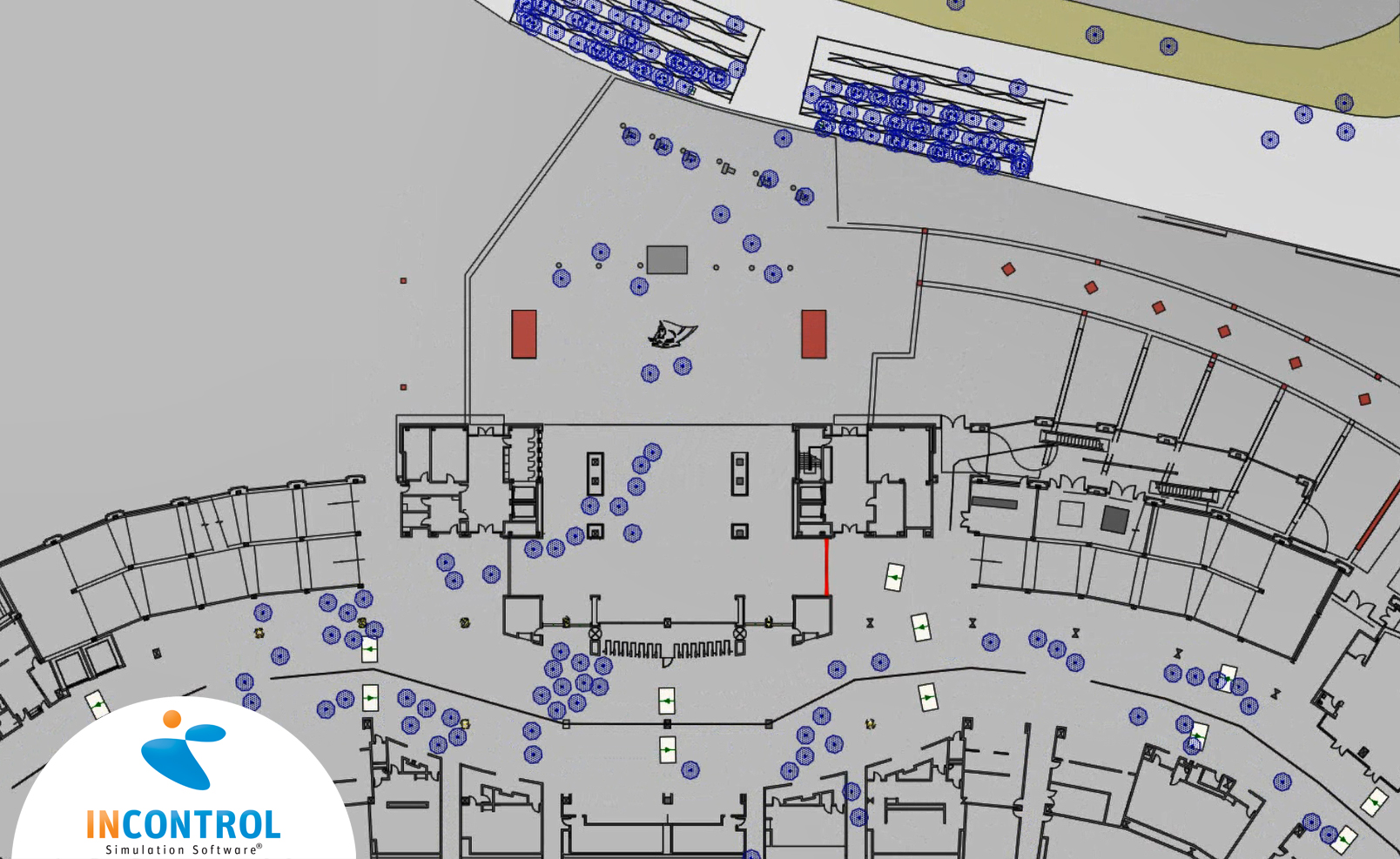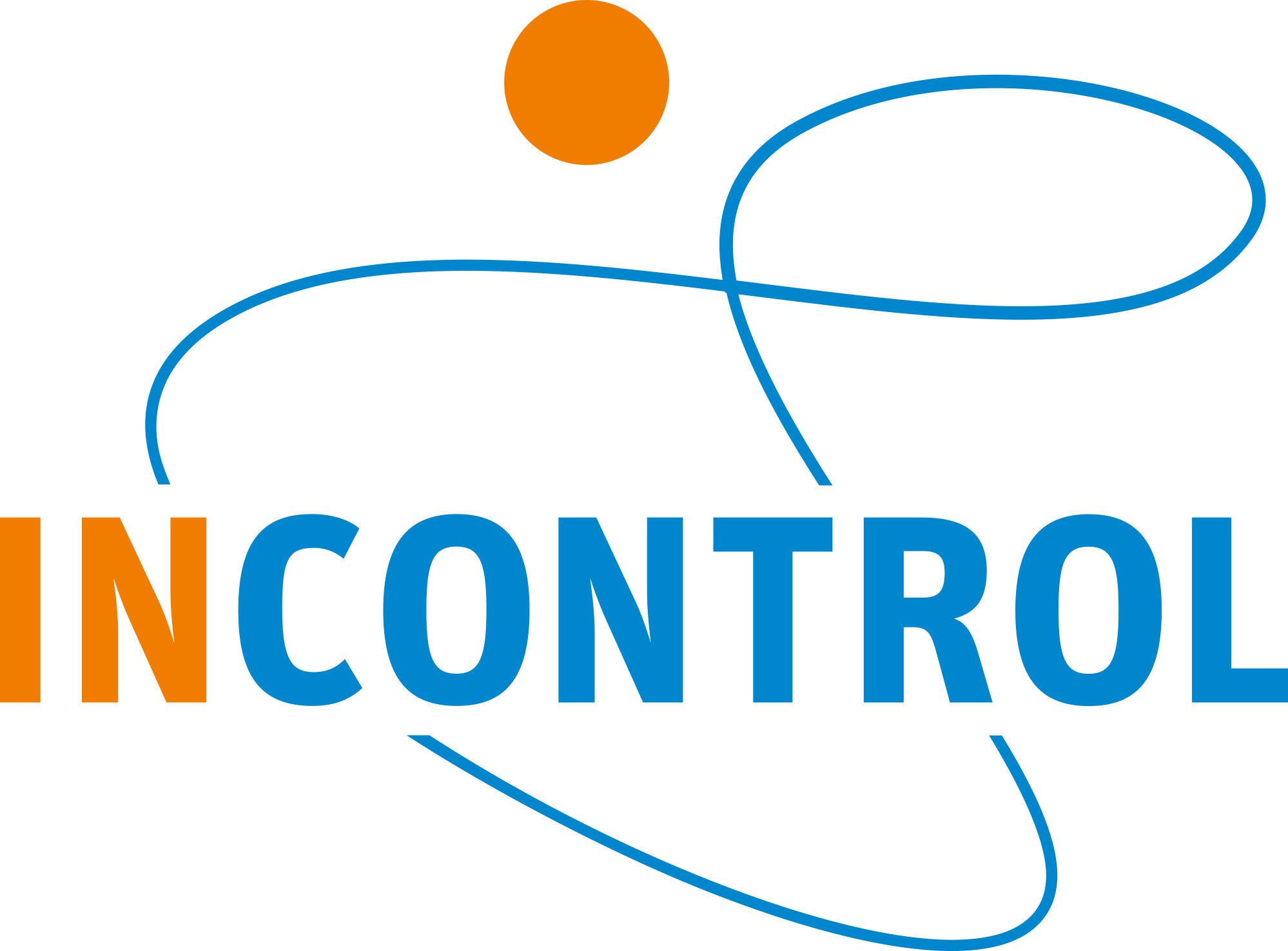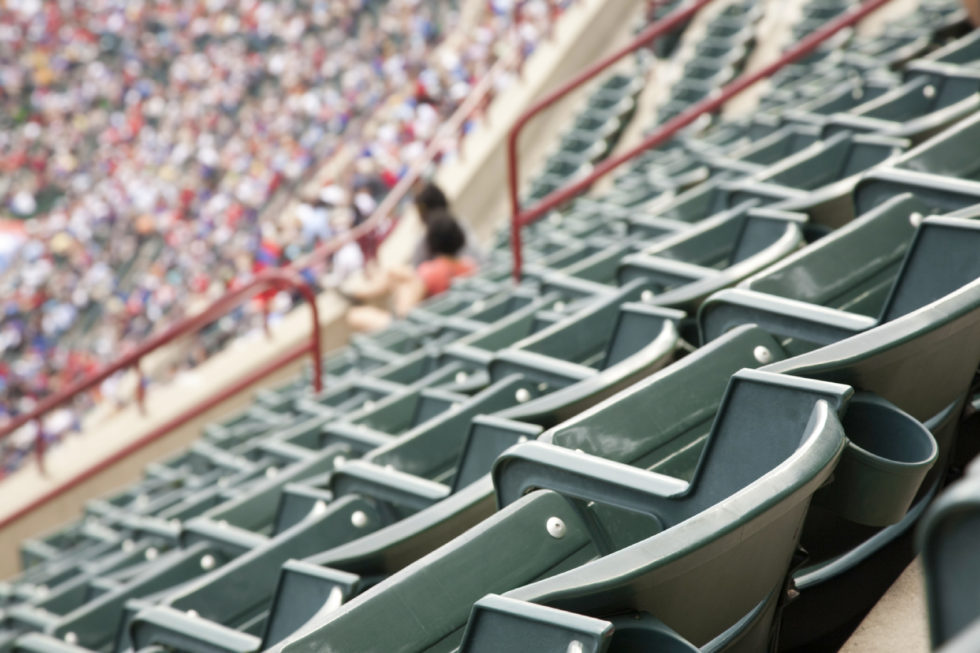How simulation contributes to reopen sport facilities
Sport venues and other leisure infrastructures are closed during a long period caused by the COVID-19 pandemic. Today, sport facilities e.g. stadiums are planning to reopen. Worldwide national football (soccer) organizations are currently formulating protocols to facilitate -partly- filled stadiums.
Aspects which has to be addressed are besides meeting the overtime changing physical distancing rules and protocols (safety) rerouting the flows (guidance), the to be expected capacity (utilization), minimal staff required (cost control), specific instructions for signing for both fans and staff (communication), and last but not least the experience of fans. Leading football (soccer) associations e.g. UEFA are requested to discuss innovative ideas and concrete models in order to facilitate the return of spectators in the football stadiums.
KNVB (the Dutch football association) has been one of the first football institutions to publish its protocol for next football season 20/21. Other European football associations e.g. La Liga have published draft protocols recently and final versions are on their way. UEFA and a set of partners have created a consortium to develop innovative ideas including field-tests in order to plan, facilitate and evaluate the reopening of European stadiums for fans.
The main measures described in those protocols to guarantee a safe event are:
- Registered ingress timeslots: fans will be asked to access the stadium at specific time slots accordingly their seat location. The main goal of this measure is to minimize queueing during the entry processes such as security and ticket check.
- Extra ingress and egress processes: several new processes might be applicable before the spectator is entering the stadium. Health questionnaires and several temperature scans in different security perimeters might be compulsory.
- Operational crowd measures: several crowd measure will need to be implemented to avoid and reduce the physical contact between fans. An example of these measures are unidirectional corridors, reduced usage of elevators and escalators or pre-booking of food and beverage by mobile apps.
- Partial usage of stands: stands might be filled partially guaranteeing sufficient space between spectators of different households. This also implies several challenging dynamic crowd measures during ingress and egress to fill or empty stands dynamically per stand sector.
- New mobility scheme: the mobility (how fans get to the stadium) will change. Spectators will prefer modes of transport with low risk of virus transmission. Travelling by private cars and by feet will be the preferred transportation modus for most fans, while the number of fans use traditional mode of transport, travelling to stadiums by e.g. metro, train or bus will be substantially low for a longer period of time. Stadium operators will be asked to re-assess mobility plans to ensure that the surroundings of the stadium can deal with the new mobility scheme.
Crowd Simulation to ensure safety and efficiency
Sport stadiums around the world are dealing with the same challenges and questions:
- How should the new ingress and egress processes layout look like?
- How many staff do I need?
- How much flow time and queuing can I expect?
- How many timeslots do I need during ingress?
- Which operational measures do I need?
- How much I utilize my stands given the COVID-19 regulations, protocols and (in)possibilities of my stadium?
- How can I optimize my mobility planning?
- How can I get approval of my management and (local) authorities to reopen my stadium in a safe way?
INCONTROL’s crowd modelling software, Pedestrian Dynamics®, allows you to build a Digital Twin of your stadium and simulate all kind of operational measures (‘what if’ and impact scenarios) to find the most optimal scenario for both safety and economic profit. Pedestrian Dynamics® incorporates advanced algorithms in order to simulate pedestrians’ behaviors given the physical distance rules. Simulation allows end users, management and other stakeholders to test and validate their plans on aspects e.g. safety, utilization, guidance, cost control and communication. Moreover, thanks to its 2D and 3D visualization, all stakeholders will get insights of the impact, and how all new measures will look like. At the same time, Pedestrian Dynamics® can be also used for training, and instruction purposes of stadium staff.


The above images are examples of a simulation in a major stadium in United States focusing on ingress process (including security, health and hygiene checks). The pictures show unidirectional corridors at the stadium concourse as well.
The complexity and dynamics of these most of the time simultaneously processes are compared to pre-COVID-19 settings extremely increased. More than ever crowd simulation by INCONTROL’s Pedestrian Dynamics® is implemented to prove to stadium management and (local) authorities that ruling and protocols can be implemented accordingly. Pedestrian Dynamics® provides insights to ensure safe, efficient and pleasant experiences for your stadium visitors!
Interested? Contact our Crowd Simulation Team at: siminfo@www.incontrolsim.com

